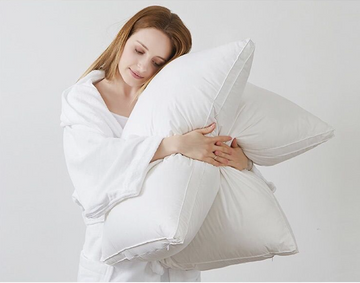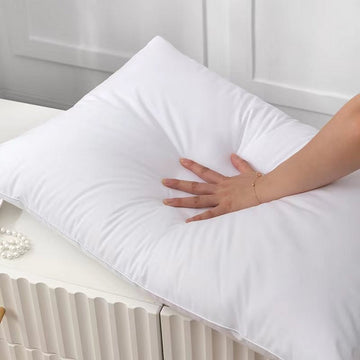Understanding the Popularity of Floral Pillows in the United States
The Aesthetic Appeal of Floral Designs
Floral pillows have taken the US home decor market by storm. Their vibrant colors and patterns add life to any room. Floral designs range from bold and dramatic to subtle and delicate. They can match various interior styles, from modern to rustic. Many homeowners use floral pillows to bring nature indoors. These pillows can create a focal point or complement existing decor. Some popular floral patterns include roses, sunflowers, and wildflowers. Designers often mix different floral prints for a unique look. The versatility of floral pillows makes them a favorite among decorators. They can easily change the mood of a space without major renovations.

Consumer Trends Driving the Floral Pillow Market
Several trends are fueling the demand for floral pillows. Firstly, there's a growing interest in biophilic design. People want to connect with nature in their homes. Floral pillows offer an easy way to achieve this. Secondly, social media has boosted their popularity. Instagram and Pinterest showcase stylish floral pillow arrangements. This inspires many to recreate these looks at home. Thirdly, the rise of maximalism in interior design. Bold floral prints fit perfectly with this trend. Additionally, eco-friendly materials are becoming more important. Many floral pillows now use sustainable fabrics and dyes. Lastly, the work-from-home trend has increased focus on home decor. People want to create cozy, aesthetically pleasing spaces.
Innovative Materials and Comfort Features in Pillow Design
Exploring New Fabrics and Textures
Pillow designers are pushing boundaries with new materials. Memory foam pillows now come with cooling gel layers. This helps regulate temperature for better sleep. Bamboo fabric is gaining popularity for its softness and eco-friendliness. Some pillows use recycled plastic bottles to create plush fillings. Silk pillowcases are trending for their skin and hair benefits. Hypoallergenic materials are a must for those with sensitivities. Microfiber pillows offer a luxurious feel at a lower cost. Some brands are experimenting with copper-infused fabrics. These claim to have antibacterial properties. Textured fabrics like velvet and corduroy add visual interest. Natural materials like organic cotton and wool are also on the rise.
The Role of Technology in Pillow Comfort and Longevity
Technology is revolutionizing pillow design. Smart pillows can track sleep patterns and adjust firmness. Some pillows use phase-change materials to maintain optimal temperature. Anti-snore pillows use sensors to detect snoring and gently adjust position. UV-resistant fabrics help pillows maintain color when used outdoors. Nanotechnology creates stain-resistant and water-repellent surfaces. 3D-printed pillows offer customized support for each user. Some pillows incorporate aromatherapy features for relaxation. Self-cleaning fabrics are being developed to reduce maintenance. Adjustable air chambers allow users to change firmness levels. Pillow apps let users monitor and improve their sleep quality.
Navigating the Pillow Market: Top Picks for Every Season
Seasonal Considerations in Pillow Selection
Pillow choices often change with the seasons. In summer, light, breathable options are popular. Cotton and linen covers keep sleepers cool. Cooling gel pillows are perfect for hot nights. For winter, people prefer warm, cozy materials. Velvet and fleece covers add warmth to beds. Down or down-alternative pillows provide extra insulation. Spring calls for fresh, floral designs to match the season. Pastel colors and light fabrics are common choices. Fall brings rich, warm colors like deep reds and oranges. Heavier fabrics like wool or tweed suit the cooler weather. Some people switch pillow inserts seasonally for comfort. Outdoor pillows should be weather-resistant for year-round use.
Expert Tips on Choosing the Right Pillow for Your Sleep Style
Experts agree that your sleep style should guide pillow choice. Side sleepers need firmer, higher pillows for neck support. Back sleepers do well with medium-firm pillows that cradle the head. Stomach sleepers should use thin, soft pillows to avoid neck strain. Consider your body size when choosing pillow height. If you have allergies, look for hypoallergenic materials. Memory foam pillows are great for those with neck pain. Buckwheat pillows offer adjustable support and cooling properties. For combination sleepers, consider a pillow with different zones. Test pillows before buying if possible. Remember to replace pillows every 1-2 years for optimal support. Always check care instructions to maintain pillow quality over time.






